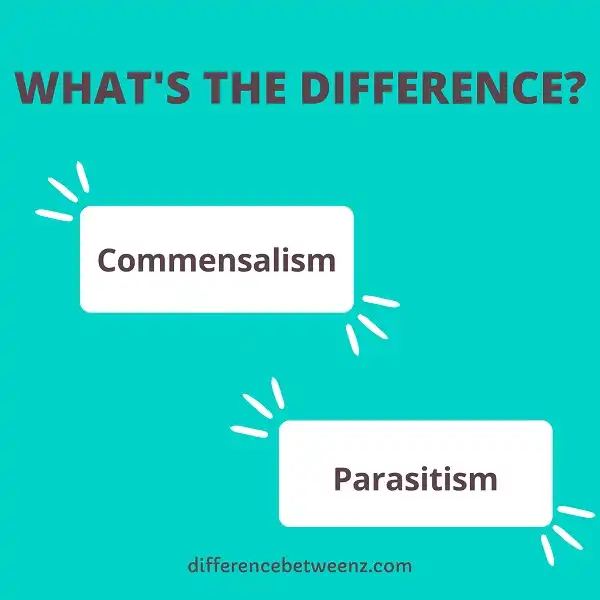Commensalism Vs. Parasitism
What is the Difference between Commensalism and Parasitism? Among living beings on this planet, various types of relationships are often established; whether of reproduction, food, or survival.
In the case of the latter, there may be complex relationships and that is why today we are going to clarify the difference between commensalism and parasitism; in order to obtain a clearer idea about the relationships between living beings in order to survive or facilitate life.
Difference between Commensalism and Parasitism
Commensalism
It is the relationship between two living beings of different species, in which one benefits and the other neither benefits nor is harmed.
An example of commensalism is the remora, which adheres with its suction cup to the shark;
without removing anything, what it does is move more easily and save energy, or the case of the sparrows, which take advantage of the nest that the horneros leave.
Credits: Mometrix.com
Parasitism
It can occur between two living beings of different species, when one of them; the parasite, benefits directly from the other, which is harmed.
Examples of parasitism include mosquitoes, lice, fleas, and ticks.
What is the difference between commensalism mutualism and parasitism?
Mutualism is a symbiotic relationship among organisms in which both species get benefits.
Commensalism is a symbiotic relationship among organisms in which only one species get benefits while the other species remain unaffected.
Parasitism is a symbiotic relationship in which one species (the host) is harmed while another species (the parasite) benefits.
Examples of Commensalism
- Monarch Butterfly and Milkweed.
- Burdock Seeds on Animals.
- Orchids Growing on Branches.
- Sharks and Remora Fish.
Examples of parasitism
- Protozoas
- Mosquitoes
- roundworms
- All viruses
- Ticks and lices
Examples of mutualism
- The bee and the flower.
- The spider crab and the algae.
- The bacteria and the human.
- Oxpecker bird and the rhinoceros or zebra.


